Working with global partners helps nation's firms improve competitiveness
China has stepped up efforts in increasing international cooperation on intellectual property protection to improve its competitiveness over the past few years, with rapid growth of patent applications overseas, a senior IP regulator said.
"IP has played a more significant role in supporting our opening-up and economic globalization, and it's a strategic resource for national development as well as a core element for global competition," said Ge Shu, head of the strategic planning department at the China National Intellectual Property Administration, the country's top IP regulator.
He made the remark at a news conference on Wednesday, revealing that the number of granted invention patents applied for by Chinese enterprises in major countries and regions around the world reached 46,000 in 2021, up 14.1 percent year-on-year.
In a patent survey report issued during the conference, about 38 percent of Chinese companies transferred their patents or permitted the use of patents to countries and regions involved in the Belt and Road Initiative last year.
"It demonstrates that IP trade has become more important in promoting the initiative," Ge said.
He also noted that innovation by domestic companies has been stimulated, saying that their independent research capacities have also been strengthened.
A number of enterprises surveyed reflected the difficulty of introducing patent technologies from overseas, especially from the United States and Europe, but 84.1 percent of them chose to increase investments in self-innovation to cope with the problem.
"It can be seen that our market entities have been taking the initiative to improve innovation and promote self-reliance in development," Ge said.
While encouraging more enterprises to go global, he emphasized that their efforts in protecting IP rights should be intensified.
According to the report, two-thirds of domestic companies in the survey did not obtain patent protection when they exported products abroad.
"On one hand, it means the patent quality of some enterprises isn't high enough, while on the other hand, it shows some companies and their products are vulnerable to IP risks in overseas development," he added.
Highlighting IP rights in international trade, he said that the administration will keep supporting domestic enterprises in IP protection overseas to better serve the country's opening-up.
In addition, given that green and low-carbon development are trends of economic and social transformation, the authority has also focused more on promoting patent innovation in this regard.
Ge said that there were about 471,000 patents granted involving green and low-carbon sectors around the world from 2016 to 2021, adding that 160,000 of them were authorized by the administration.
He also revealed that the number of green and low-carbon patents authorized in China increased by an annual average of 6.5 percent over the past five years, "meaning China has become a major force in driving innovation in this field".
But he admitted that the overseas patent layout of domestic enterprises in this regard, compared with the US, Japan and European countries, is still weak.
Data from the administration showed that about 15,000 green and low-carbon patents applied for by Chinese entities were authorized overseas between 2016 and 2021, far lower than that from Europe (70,000), Japan (48,000), the US(45,000) and South Korea (17,000).
"We'll not only continue improving a monitoring system on patents to strengthen IP protection, but also pay more effort to transferring the patents in relevant industries to help the country advance green development," Ge said.












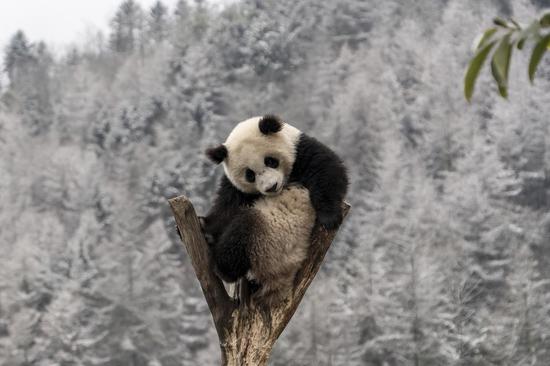


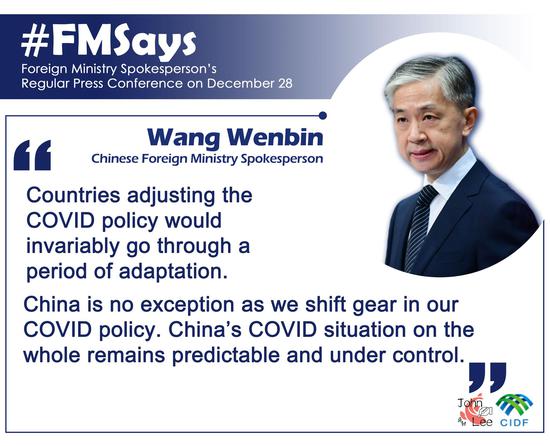
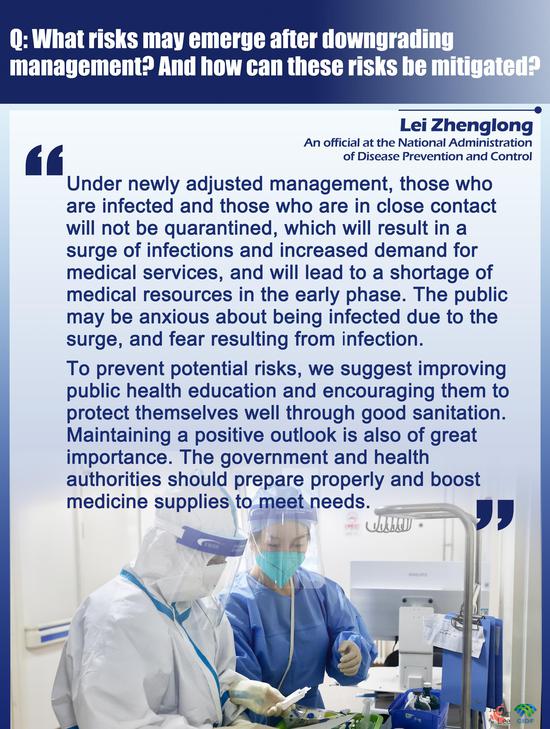

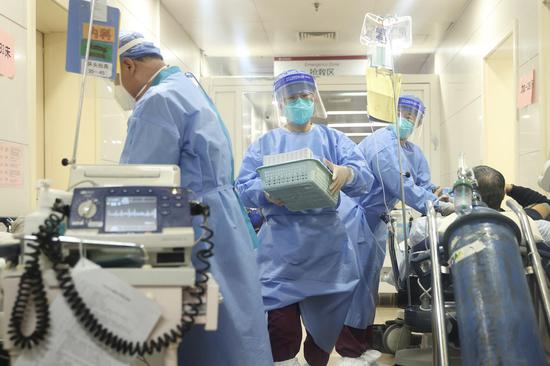



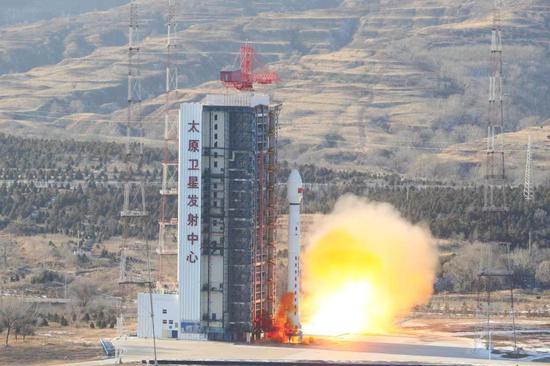

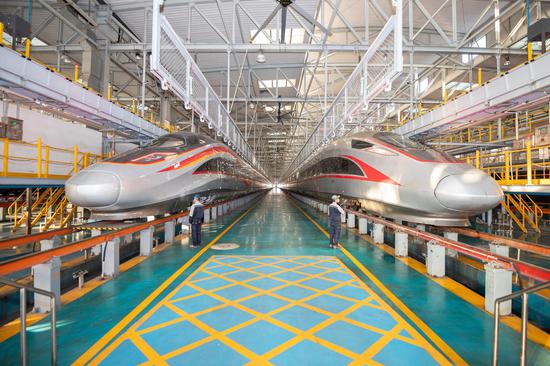
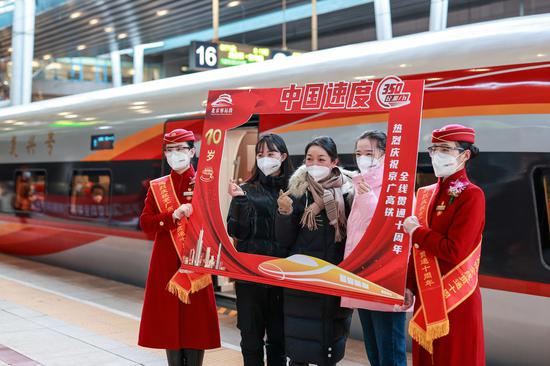
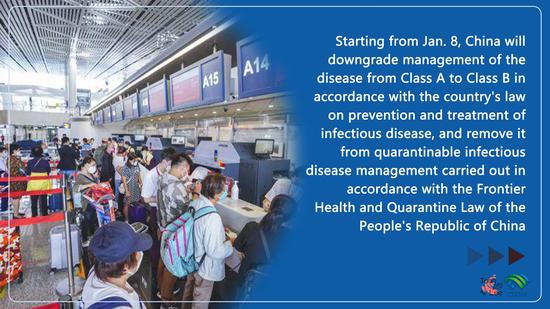


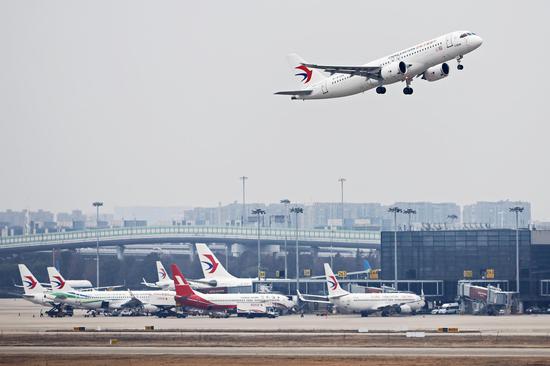


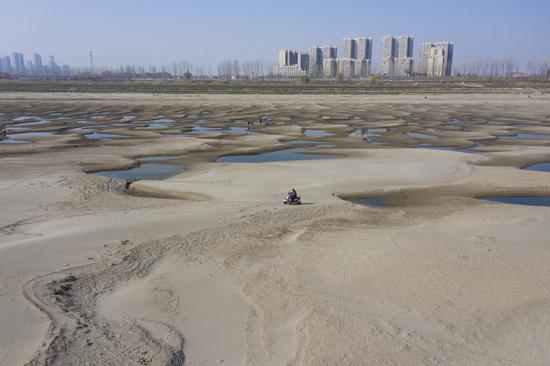
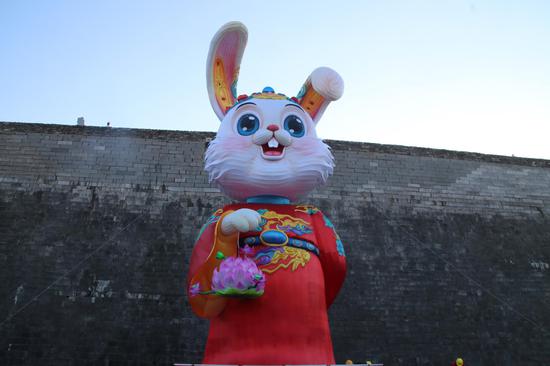


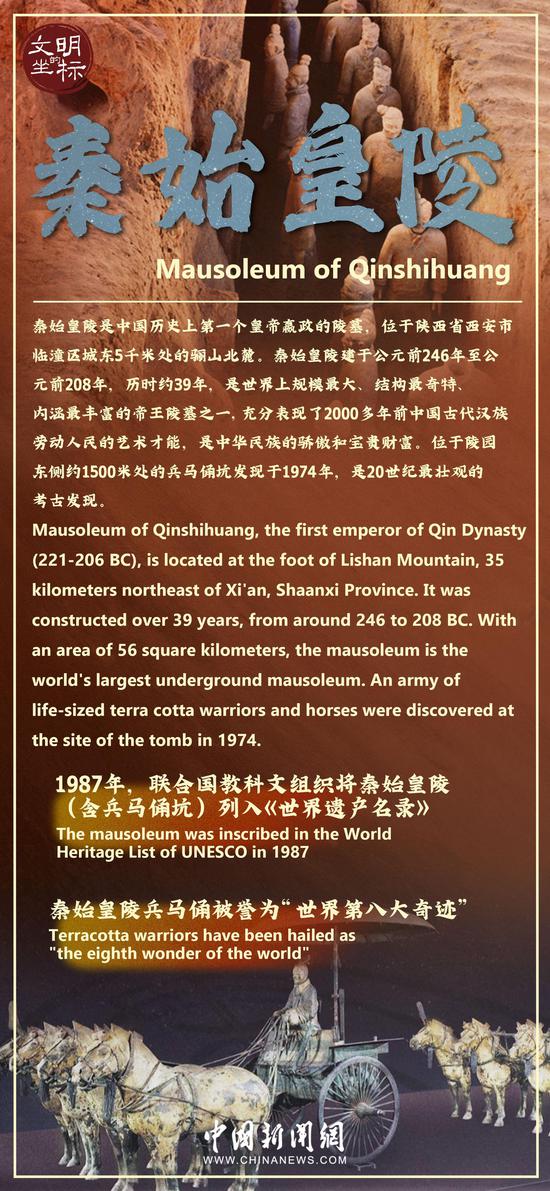
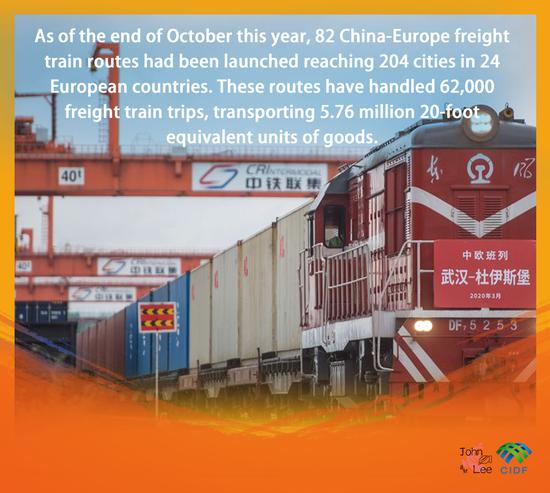
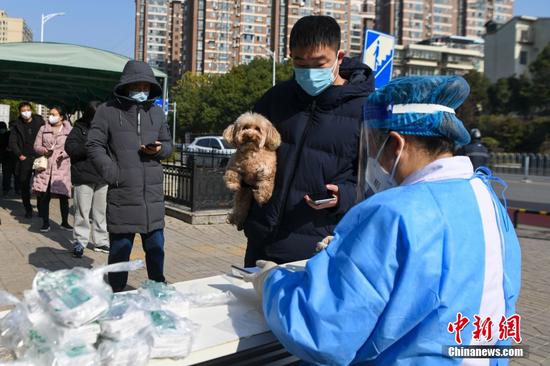











 京公网安备 11010202009201号
京公网安备 11010202009201号